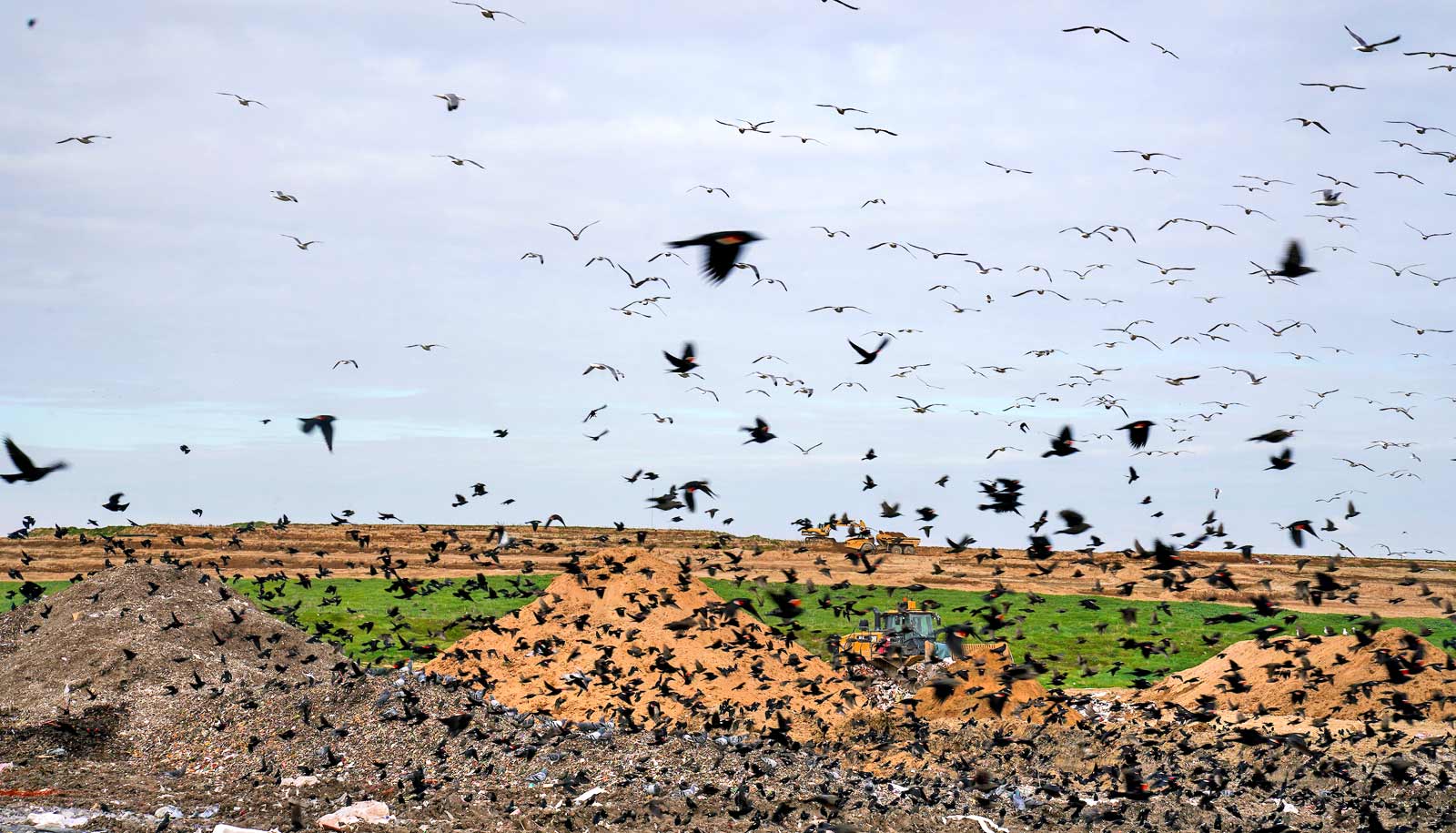Focus on the big, structural issues that result in food waste, rather than exclusively blaming individual actions, say researchers.
No one eats nearly one-third of all the food that is produced. By some estimates, we waste 30 million tons of food in the US and 1.3 billion metric tons worldwide every year. All this waste has huge economic, environmental, and social costs.
“When people hear those numbers, they think there’s an easy solution, that we should just stop wasting food,” says study leader Ned Spang, an assistant professor in the department of food science and technology at the University of California, Davis. “It’s not that easy. We’re just starting to scratch the surface in really understanding the dynamics of this complicated problem.”
Harvest and storage
The comprehensive review in Annual Reviews of Environment and Resources finds that large systemic factors drive food waste. The study points to the need to look at structural, cultural, and social factors rather than only focusing on actions by individual producers and consumers.
Some drivers of food waste include food left in fields due to weather, pests, and disease. Farmers can’t afford to harvest food if the market price is too low or labor costs too high. A significant portion of food gets wasted if it doesn’t meet market-based quality standards such as a fruit or vegetable’s color, shape, size, and level of ripeness.
“People see food left in the field after harvest and think farmers are being wasteful,” says Spang. “It’s an unfair characterization because it really does not make sense to harvest a crop if it’s not going to be eaten.”
In developed countries, an estimated 20% of food goes to waste on the farm from improper or inadequate drying, storage, packaging, and transportation.
In less-developed countries, an estimated 30% of food goes to waste because growers often can’t afford the energy costs of drying, adequate storage, or refrigerated transportation. Inadequate road infrastructure can also lead to higher levels of spoilage.
Buy, buy, buy
Grocery stores also contribute to food waste by encouraging consumers to buy more than they need, overstocking shelves, inaccurately predicting shelf life, or damaging products. Restaurants and food services waste food by mismanaging inventory, poor menu choices, or oversized portions.
Most studies on consumer food waste focus on individual actions, including over-purchasing, instead of social and cultural factors, says Spang.
“You can’t just look at a household’s waste and blame the family,” says Spang. “Food might go to waste because people are too busy to cook and misjudge the amount of food they need. They may live in rural areas and have to stock up and buy too much food rather than frequently driving long distances.” Spang says in many cultures, running out of food is socially unacceptable, so better to have too much food than too little.
Big solutions
Solutions to prevent food waste can be just as complex as the causes. Relaxing cosmetic quality standards for fruits and vegetables could prevent waste on farms. It would require policy changes and changes in consumer behavior. Training and education about packaging, storage, and transportation could help prevent waste after harvest but would require significant investment in developing countries.
Studies have shown that smaller portions in restaurants and the food service industry reduce food waste. Awareness campaigns for consumers about food waste show results, but the programs need to address how people relate to their food in everyday life.
“The good news is that the issue is receiving increasing attention from government, industry, and academia at the global, national, and local scales,” says Spang. “Despite its complexity, there are many established and emerging opportunities for targeted solutions to reduce, recover, and recycle food waste across the food supply chain.”
Learn more about the study and how reducing food waste can help feed a growing population here.
Source: UC Davis







